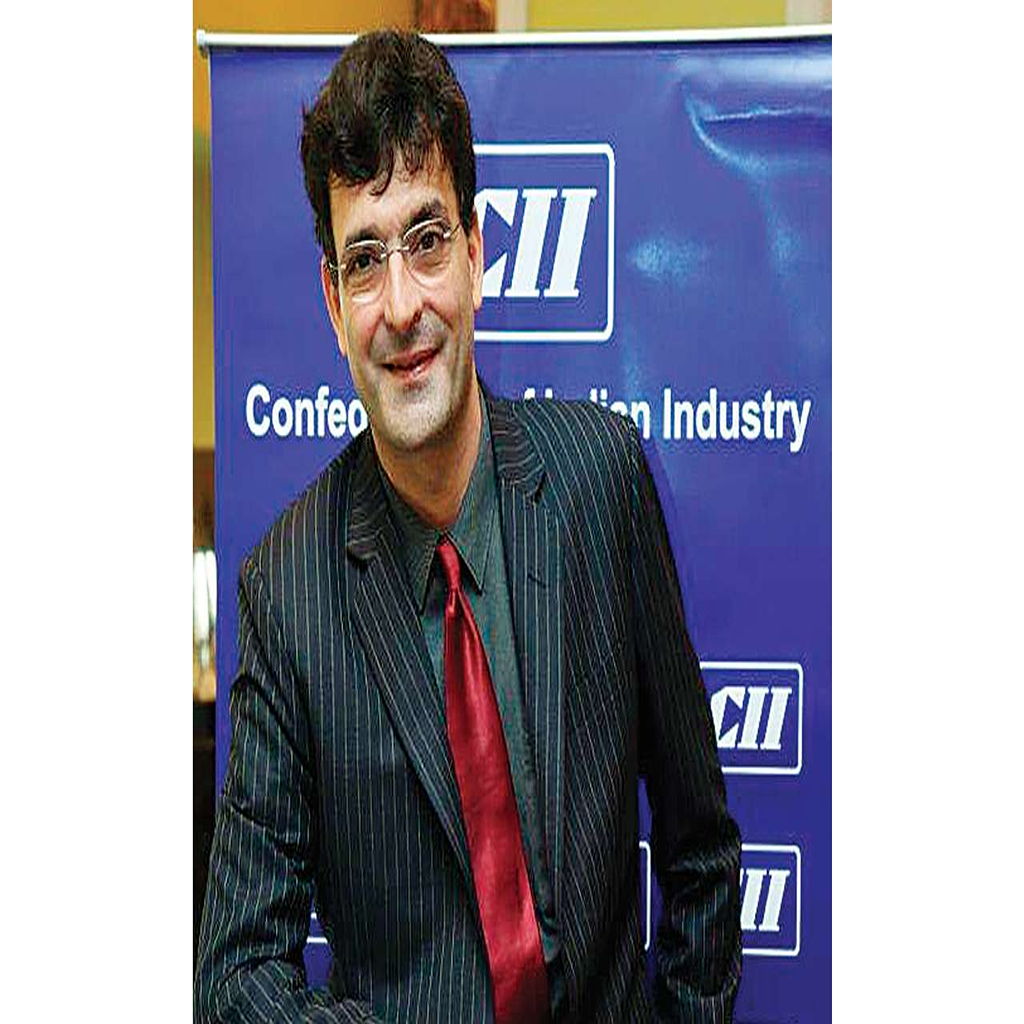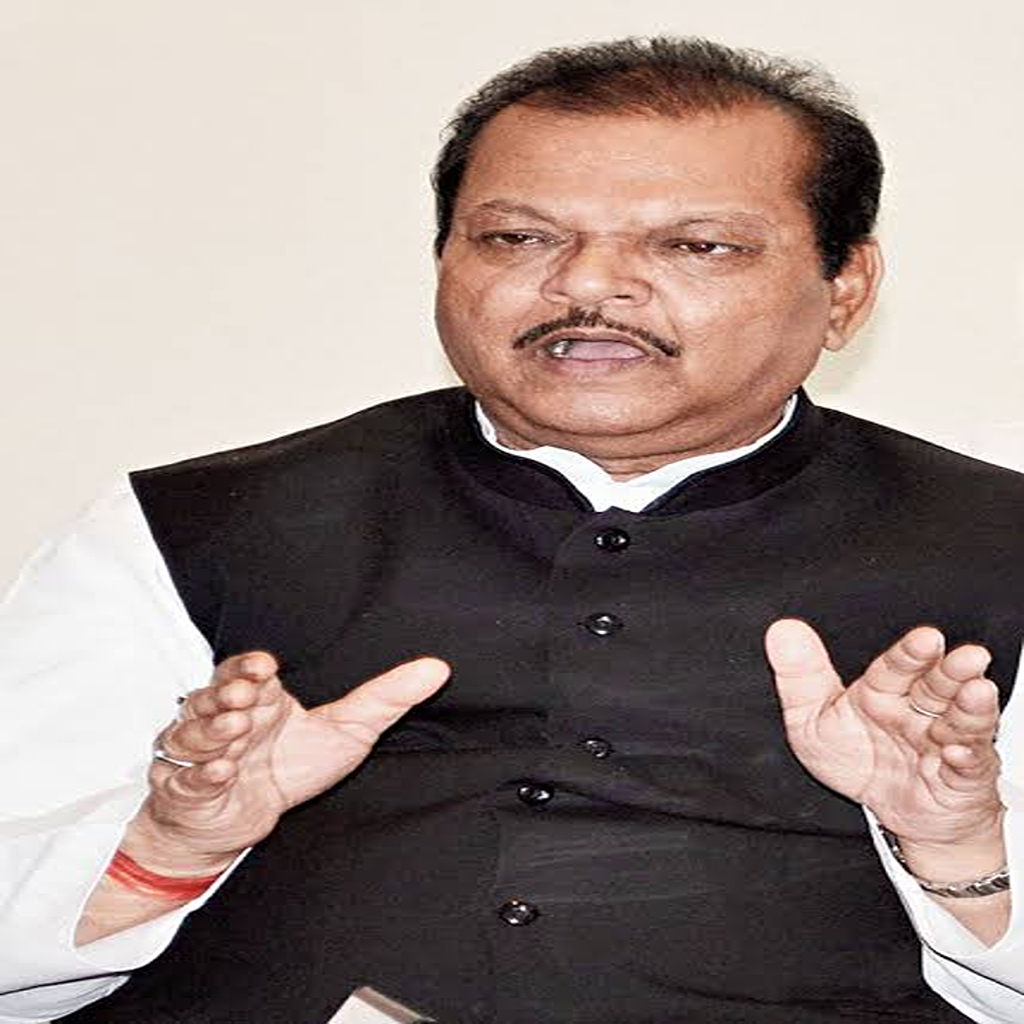
Prof. Satish Jayaram, PhD – Ideator | Innovator | Incubator
Recent discussions last month at the 18th Annual Conference of Mystery Shoppers Professional Association Asia Pacific in Goa, provided the impetus to create this model. Challenges surrounding moving from classical to digital mode remain pressing. Yielding a part of established business activities to effective digital avatars today is obvious. The comfort of having mastered all known elements of a business in classical mode, will only remain an irrefutable insight. Creating tech-hybrid models suitable to market environments, target audiences etc. where they exist – rather than expecting them to materialize in your comfort zone, is now a critical priority. Instantaneous benefits from integrating modern technologies for quick-fixes are debatable. Businesses seek plug and play solutions to sort immediate concerns, while deferring strategic perspectives myopically, obscuring future necessities.
Classical human support systems, brick, mortar spaces and people in attendance, represent the comfort zone. How adequate are these in post-pandemic existence? This opportunity to question status-quo is now palpable. Tech-enabled models are harbingers of doing better and smarter, what we did deliberately in older contexts. Some core activities will always remain effective in classical mode. The debate is on the validity of other activities that immediately need revitalization. Adaptation to IT support systems to enhance processes, brings with it a new set of logjams. While post pandemic survival has driven most businesses into phygital (physical-digital) progression zones, the evolution of active neural networks, poses new urgencies for renewal. Patience is required to transition from one avatar to another, until an optimal mode of operation emerges, demanding disciplined commitment.
This model accounts for most addressable variables to form a broad framework. Mutual exclusivity and collective integrity of these four stages, requires re-alignments, based on unique business requirements. Significant moderating variables like culture, economy, geography, markets, people etc. will need tweaking and re-adjustment.
1. Hard Systems | Stage 1: Businesses were developed in resource intensive terms, infusing wealth to build solutions in former contexts. Teams, processes and talents were well- organized to deliver previously expected outcomes. There is a case to re-examine these for results expected now. Restructuring hard systems to support current realities is the first priority. Develop robust platforms supporting integration of tech-enabled systems with renewed people routines. Rebooting is only Stage 1 to prepare for change towards relevance.
![]() 2. Soft Systems | Stage 2: Factoring in post pandemic interplays between warm and cold cultures, as well as emergence of novel, hybrid, high-tech, high-touch practices are observed. The integration of high and low context routines, without geographical barriers, using digital mediums – represents opportunities to innovate. Sensitize people, soft systems and culture to accept, restart and optimally function in alternate realities. Revitalizing people practices, enabling higher efficiencies for effectiveness, needs reconditioned and replaced hard systems.
2. Soft Systems | Stage 2: Factoring in post pandemic interplays between warm and cold cultures, as well as emergence of novel, hybrid, high-tech, high-touch practices are observed. The integration of high and low context routines, without geographical barriers, using digital mediums – represents opportunities to innovate. Sensitize people, soft systems and culture to accept, restart and optimally function in alternate realities. Revitalizing people practices, enabling higher efficiencies for effectiveness, needs reconditioned and replaced hard systems.
3. Hybrid Systems | Stage 3: Once businesses achieve flexibility and contextual capability, pre-requisites required will gain strength. This phase requires both strategic but staggered capital investment pipelines to be deployed. Devolution of team routines is factored in, to incubate transition to neural, tech-intelligent solutions, bringing clarity to the cut-over process. Devolved teams create micro-efficiencies, where leadership needs to strongly focus on integrating hard, soft and invested systems, to facilitate alignment with change imperatives.
4. Intelligent Systems | Stage 4: Reaching this stage of evolution with creativity, innovation and spontaneity will require high levels of accountability. Devolution must be reinforced with empowerment. Teams need to function at their best discretion, using ubiquitous technologies to energize processes. Empowered teams can then share their domain expertise to synergize and collectively provide aggregated solutions. This will ensure that duplication is avoided, even as individual business succeed to provide networked advantages for entire communities.
While these four stages appear to be ordered in a linear fashion, the sequential pursuit of this transformation from classical to digitally relevant models, could demand prolonged timelines, consistency and dedication to change. Proactive, progressive businesses, must initiate change activities concentrically and simultaneously in selective routines. Growth can then be organic, participative and integral to achieving small wins collectively. The most valuable components of digital transformation aside technology, are culture and people. Leaders need to take powerful decisions in this transition process. Ironically, the capability to renew, re-order, re-deploy people and technology for business benefit, must be diligently led by intelligent humans alone! Will we need to activate neural networks as new lifelines, when businesses struggle with hoary organisational variables?






